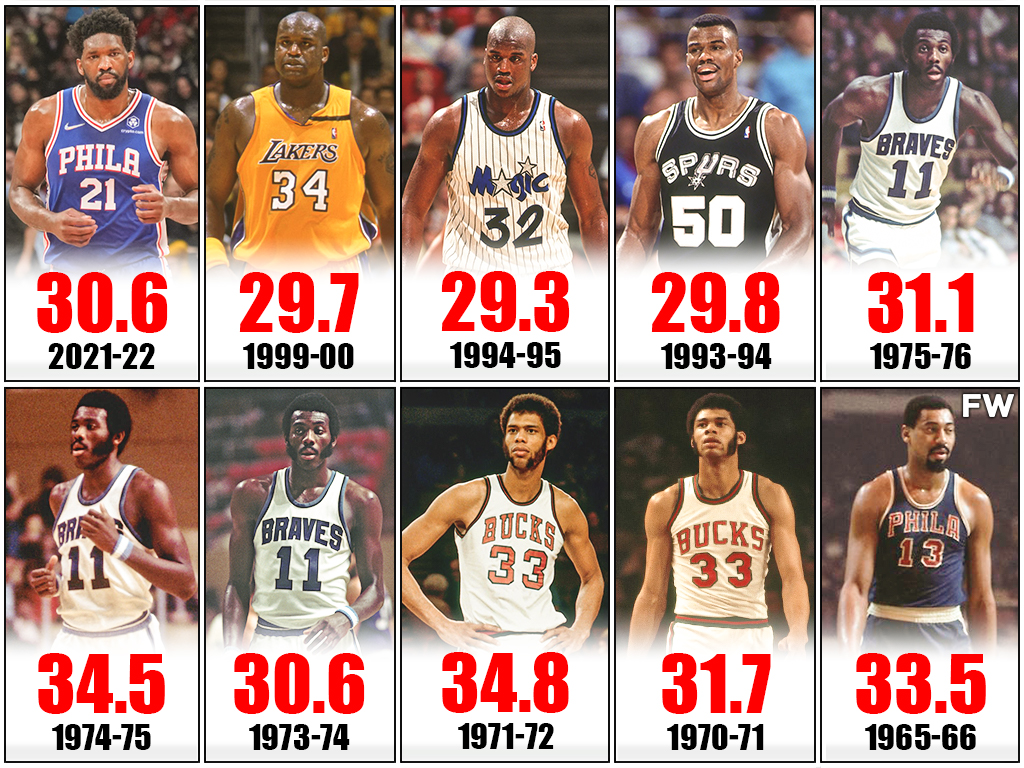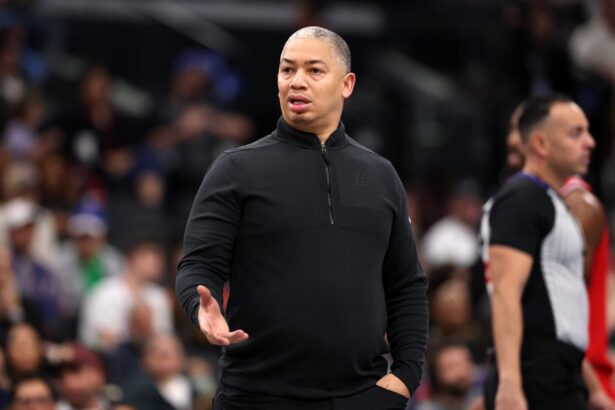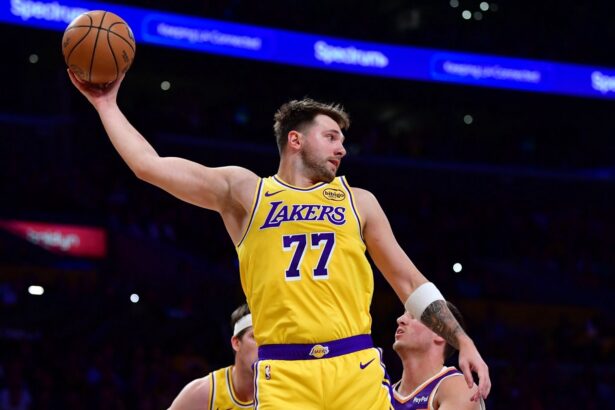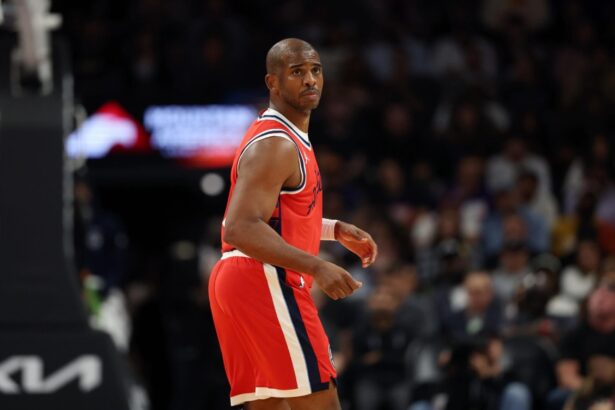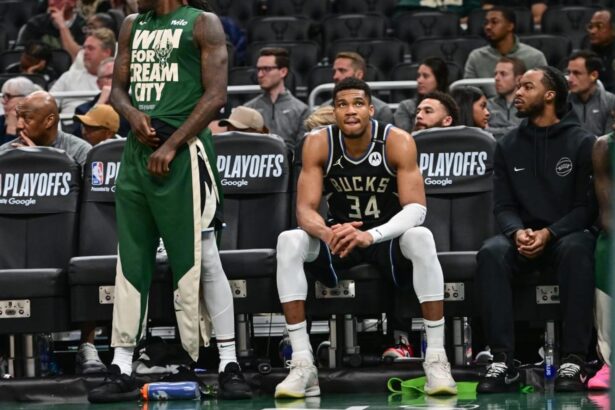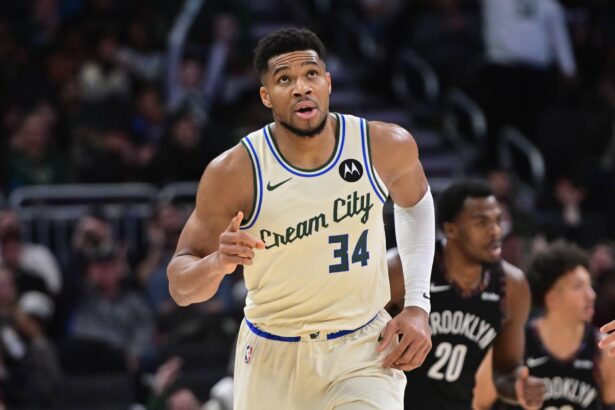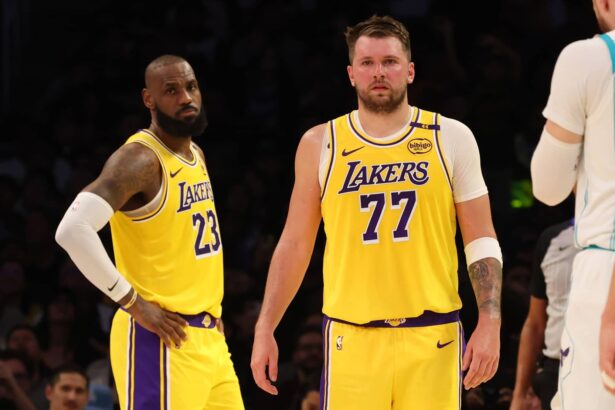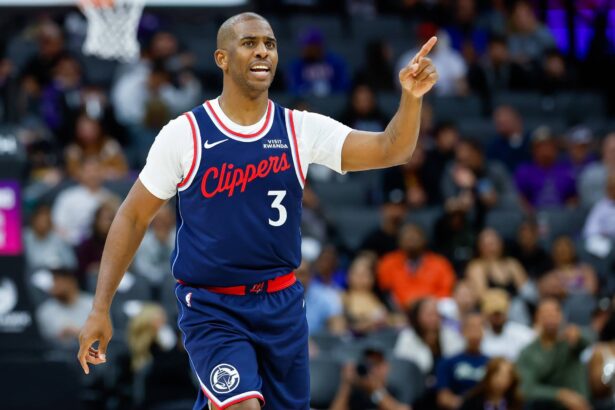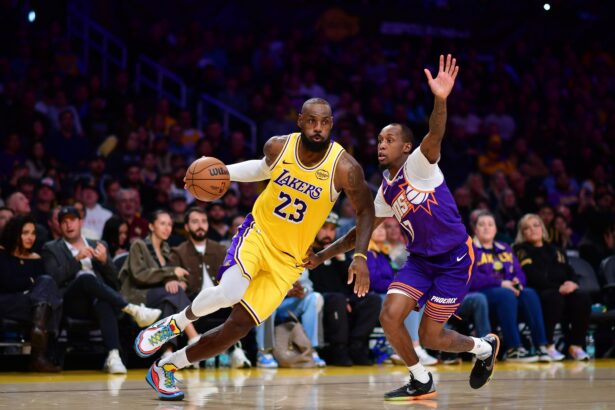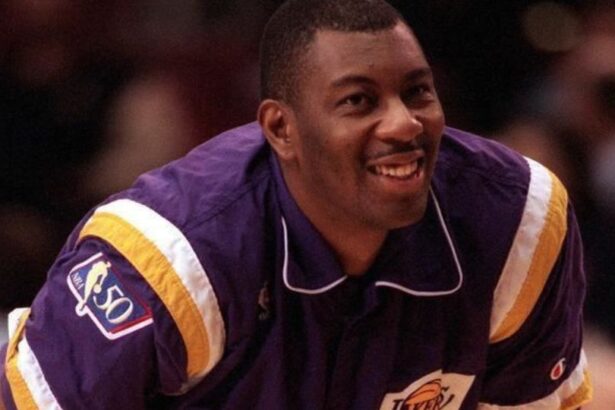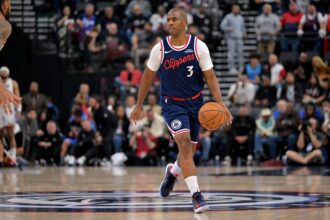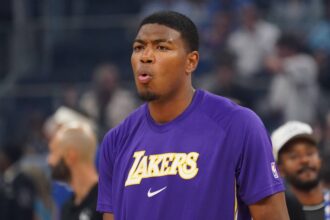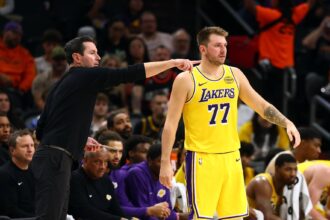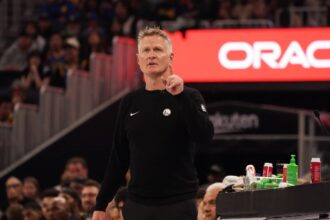There was a time when the center position was the most important position in the NBA. It was a simple gameplay. Get the ball in the middle, let the man work, and get out of the way. Over time, the game has developed into positionless basketball. It’s so dynamic these days that centers are asked to do more than just work in the middle. They need to run the floor, shoot the three-ball, and work inside.
- 2021-22 NBA Season
- Joel Embiid – 30.6 PPG
- 1999-00 NBA Season
- Shaquille O’Neal – 29.7 PPG
- 1994-95 NBA Season
- Shaquille O’Neal – 29.3 PPG
- 1993-94 NBA Season
- David Robinson – 29.8 PPG
- 1975-76 NBA Season
- Bob McAdoo – 31.1 PPG
- 1974-75 NBA Season
- Bob McAdoo – 34.5 PPG
- 1973-74 NBA Season
- Bob McAdoo – 30.6 PPG
- 1971-72 NBA Season
- Kareem Abdul-Jabbar – 34.8 PPG
- 1970-71 NBA Season
- Kareem Abdul-Jabbar – 31.7 PPG
- 1965-66 NBA Season
- Wilt Chamberlain – 33.5 PPG
- Next
- Shaquille O’Neal’s Stats For Each Season: The Most Dominant Player In NBA History
- Wilt Chamberlain’s Points Per Game For Each Season: 50.4 PPG And 100-Point Game Will Never Be Broken
- 2000 NBA Award Winners: Shaquille O’Neal Won The NBA Championship, Finals MVP, MVP Award, All-Star MVP Award And Scoring Title
- The Last 40 Scoring Leaders: Michael Jordan Is The Best Scorer In NBA History
- Highest PPG At Every Age: Kobe Bryant Holds The Record As 18-Year-Old, Michael Jordan As 34-Year-Old, LeBron James As 37-Year-Old
Given that it has been 22 years since a center has led the league in scoring, what Joel Embiid did this season should be enough to help him land numerous MVP votes. Only two centers have led the league in scoring in the last 25 years. Only 10 have done it since the 1965-66 season.
Let’s take a look at the last 10 scoring titles by a center.
2021-22 NBA Season
Joel Embiid – 30.6 PPG
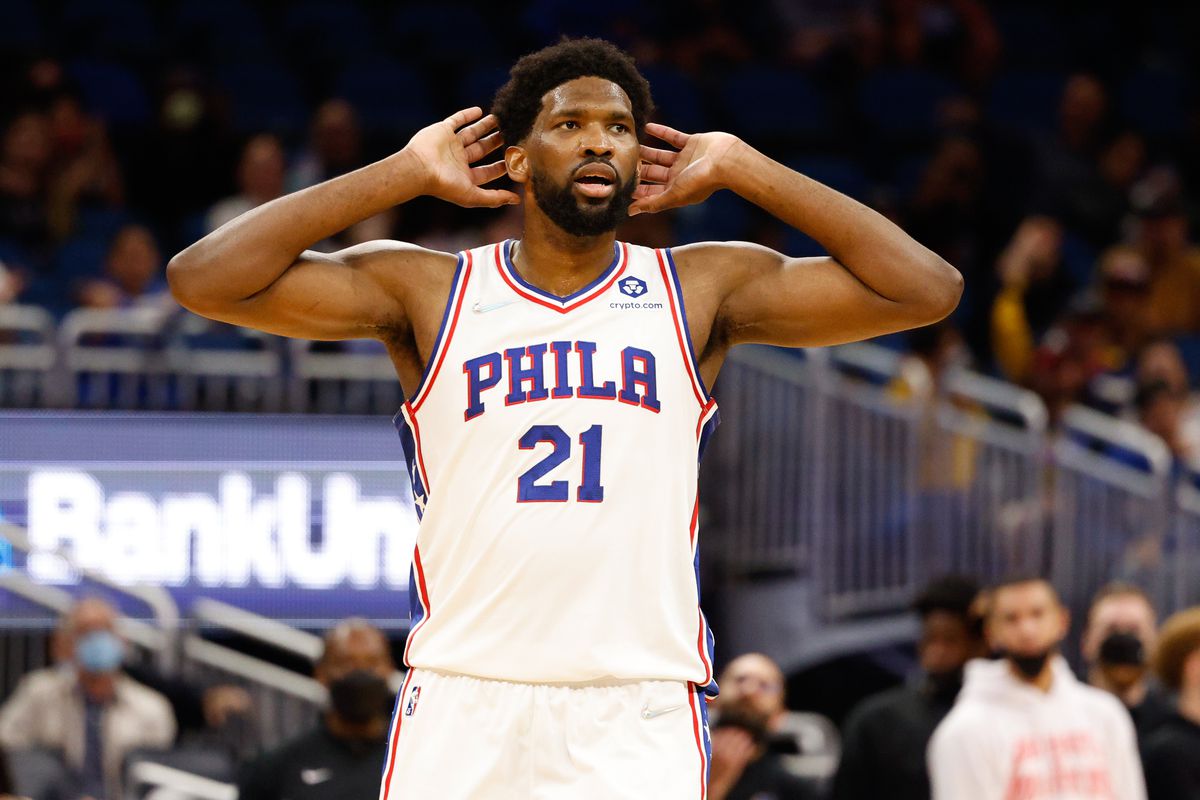
What Embiid did this year was somewhat incredible. He is the only player on this list that has truly any threat of scoring outside. Embiid shot 37.1% from three-point range this season while scoring over 30 points per game for the first time in his career. He is the first center to lead the league in scoring while scoring over 30 points per game since 1976.
Embiid finished third in the league in total points but was also a frequent flier at the free-throw line. He led the league in made free throws and attempts where he made 81.4% of his free throws. The team would have been lost without him given that the team had to deal with the Ben Simmons saga for the majority of the season. Embiid never let the distraction get to him and put the team on his back.
1999-00 NBA Season
Shaquille O’Neal – 29.7 PPG
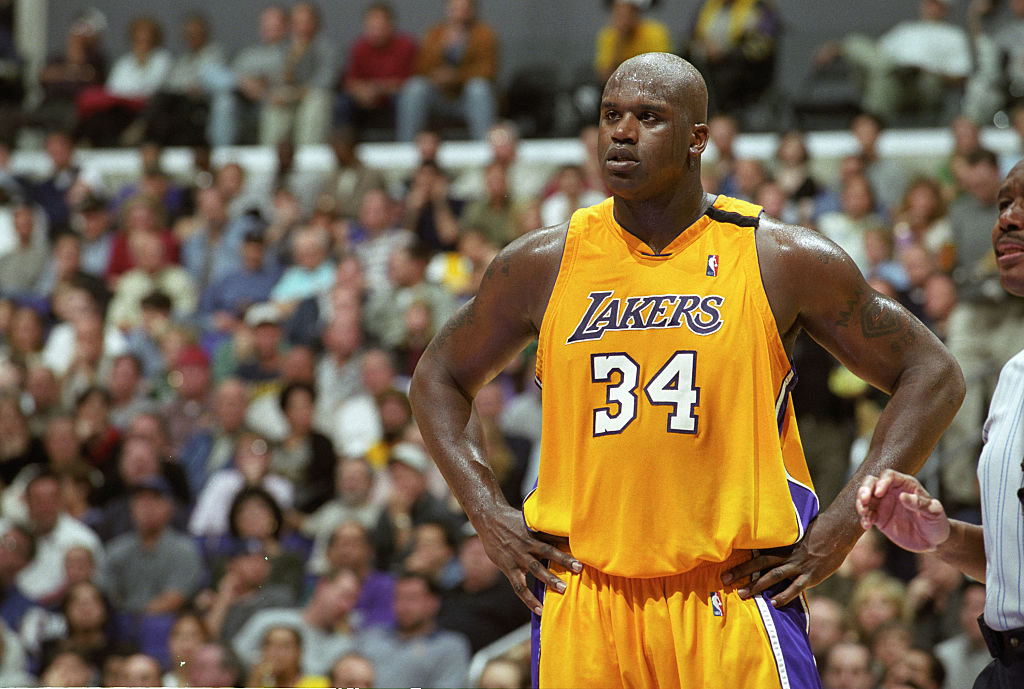
O’Neal led the league in scoring en route to winning the MVP Award, so it gives Embiid some hope for this season. O’Neal led the league in total points by over 200 points and scored one more point per game than the runner-up Allen Iverson. O’Neal led the league in multiple categories on route to winning the scoring title.
O’Neal led the league in two-point field goals and attempts, while also leading the league in conversion at 57.5%. O’Neal might have padded his lead had he made more free throws, as he led the league in attempts, but you know how that goes. It was a special season overall as he led the league in offensive and defensive win shares and capped the season off with the Finals MVP as the Lakers won the championship.
1994-95 NBA Season
Shaquille O’Neal – 29.3 PPG
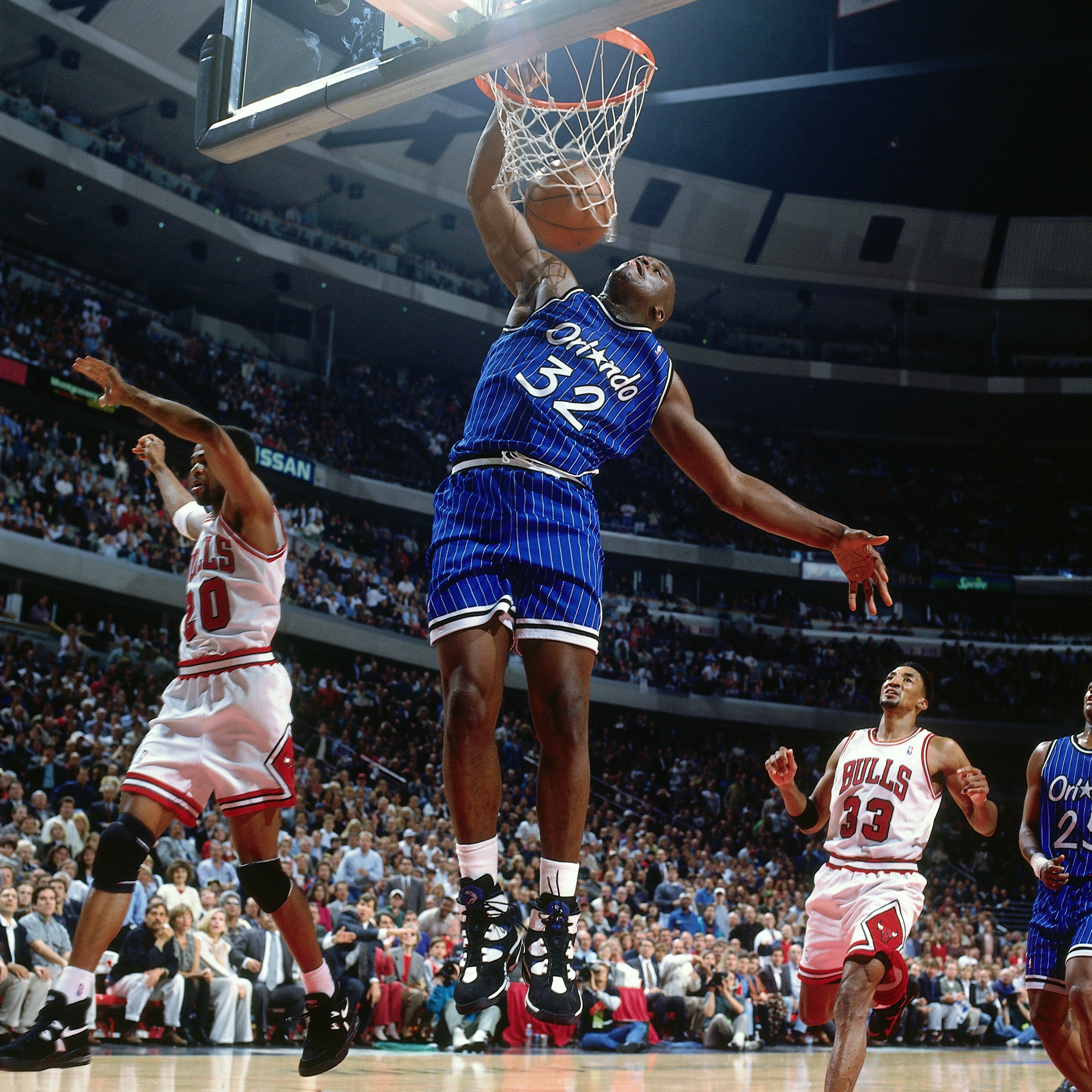
O’Neal became the first center to lead the league in scoring since himself. Either way, a center was going to lead the league in scoring this season. David Robinson was hot on Shaq’s tail and finished runner-up to O’Neal in total points. In the scoring race, Hakeem Olajuwon finished second with 27.8 points per game. In the end, O’Neal bested both in his third season in the league.
O’Neal led the league in field goals made and took the most shots. Specifically, he led the league in two-point field goals and attempts but did not lead the league in percentage as he was the runner-up to Chris Gatling of the Warriors. O’Neal led the league in usage percentage where he was used on offense 31.9% of the time by the Magic.
1993-94 NBA Season
David Robinson – 29.8 PPG
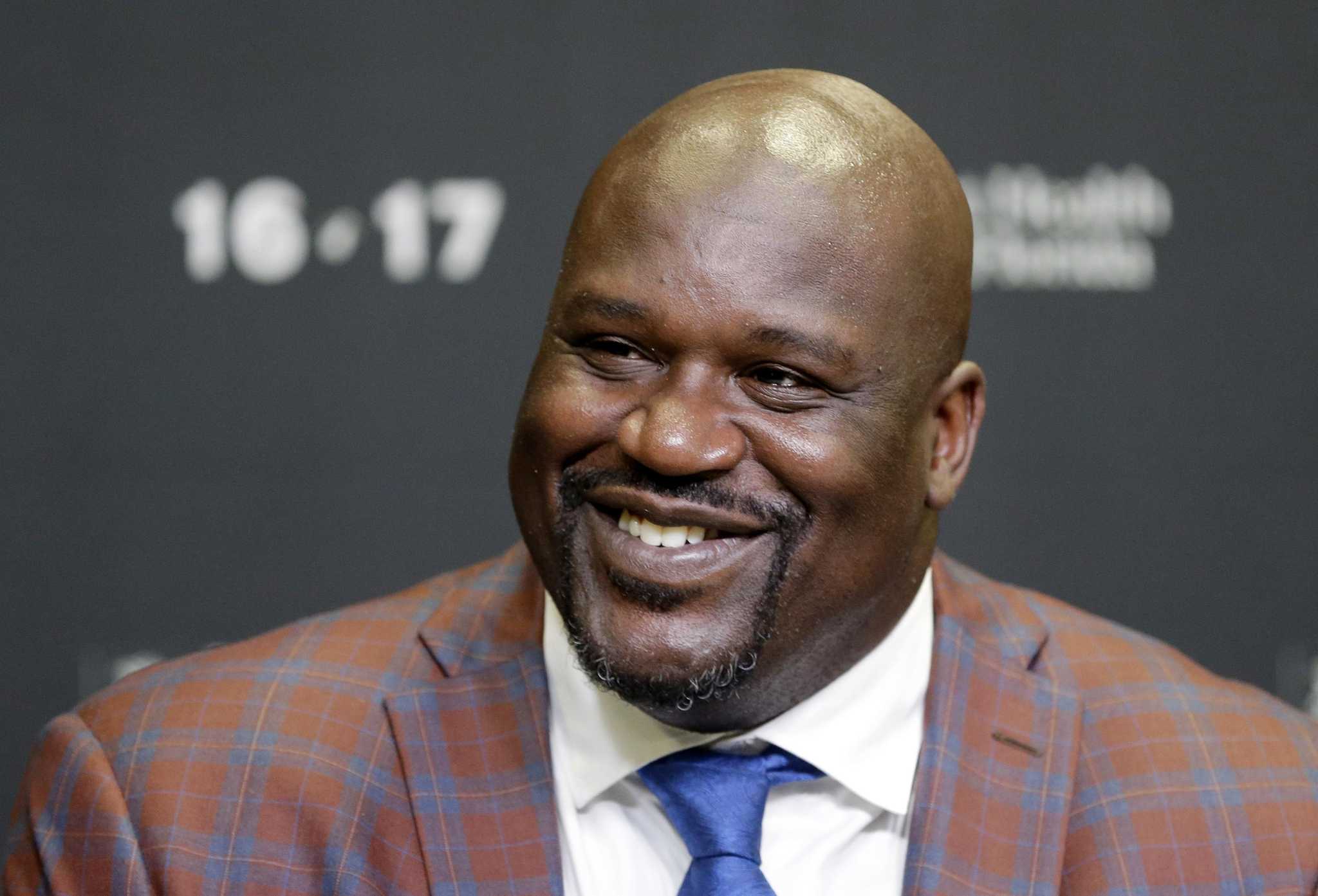
Robinson beat out O’Neal by just six points in total points. Yes, you read that correctly. Robinson bested O’Neal by single digits in that stat category, which partially helped him beat out the 29.3 points per game that O’Neal averaged that season. It’s one of the closest scoring races between two centers that we have ever seen.
Robinson was exceptional for the Spurs this season and did just enough to fend off both O’Neal and Olajuwon. O’Neal led the league in two-point field goals, while Olajuwon led the league in made field goals. However, Robinson took the free throws title and led the league in attempts. Overall, it was Robinson that led the league in offensive win shares, providing enough offense everywhere that helped him rack up the points.
1975-76 NBA Season
Bob McAdoo – 31.1 PPG
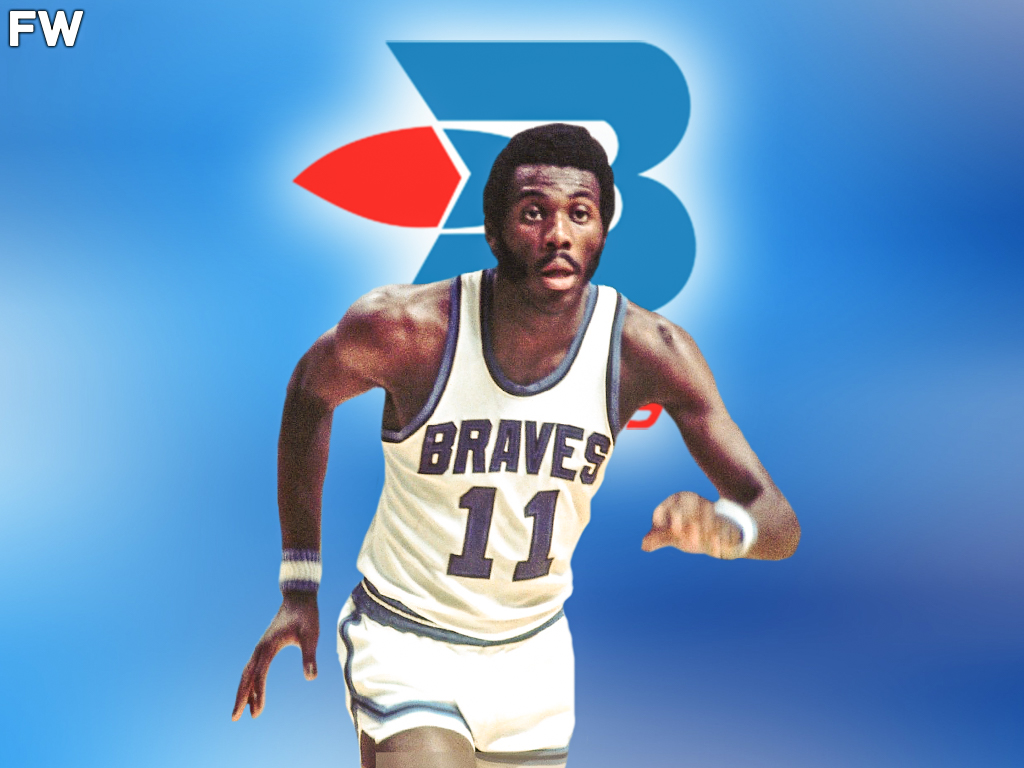
For three straight years, Bob McAdoo was a force in the league. The Buffalo Braves player was a bright spot for the older Clippers-based team. McAdoo led the league in total points, beating out Kareem Abdul-Jabbar by nearly 200 points. McAdoo also led the league in field goals and attempts, as well as two-point field goals and attempts.
What stands out the most is that despite leading the league in two-point field goals and attempts, McAdoo was nowhere to be found in the top-10 for two-point field goal percentage. McAdoo led the league in free throws and attempts, converting 76.2% of his free throws in a league-leading 42.7 minutes per game.
1974-75 NBA Season
Bob McAdoo – 34.5 PPG
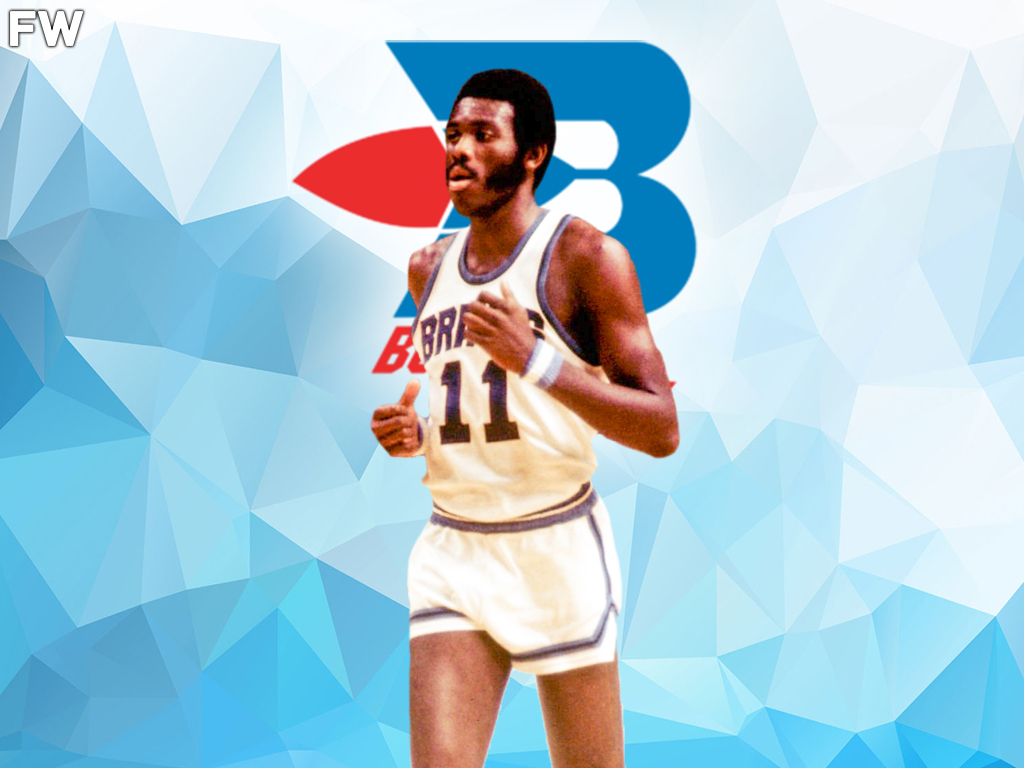
At the time, McAdoo repeated as the scoring champion with the best season of his career. The 34.5 points per game were outstanding by the 23-year-old young star. For his efforts, McAdoo was rewarded with the MVP Award as he not only led the league in total points but rebounds as well.
McAdoo scored the most field goals and two-point field goals but didn’t lead the league in attempts. That was Rick Barry, but it was McAdoo that converted the most. McAdoo also led the league in minutes and minutes per game, as well as offensive win shares. The most eye-catching stat was McAdoo’s 2,831 which was nearly 400 more points than runner-up Barry’s 2,450 total points.
1973-74 NBA Season
Bob McAdoo – 30.6 PPG
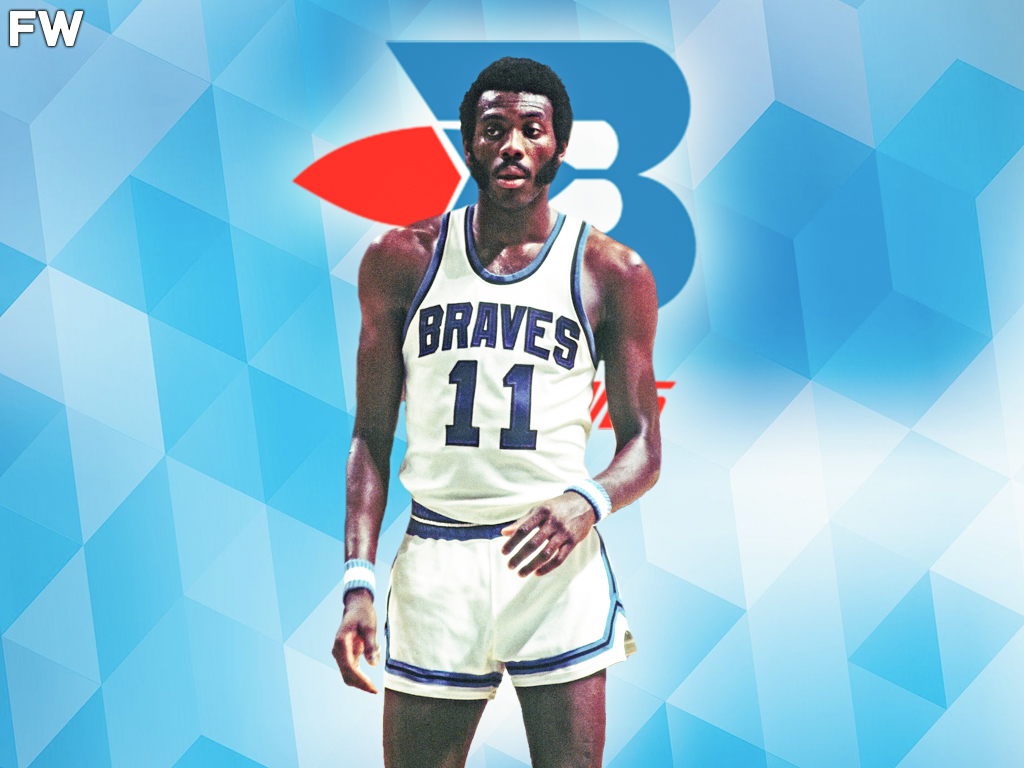
McAdoo’s rookie season looked promising when he averaged 18.0 points per game in 80 contests. Then, his sophomore season took a giant jump, so big that McAdoo led the league in scoring. McAdoo scored 69 more points than Kareem Abdul-Jabbar in total points but played in seven fewer games than him.
McAdoo did not lead the league in two-point field goals but did lead the league in percentage by converting 54.7% of the time. That same percentage led the league in total field goals as well. Overall, McAdoo led the league in offensive win shares and player efficiency rating as well.
1971-72 NBA Season
Kareem Abdul-Jabbar – 34.8 PPG
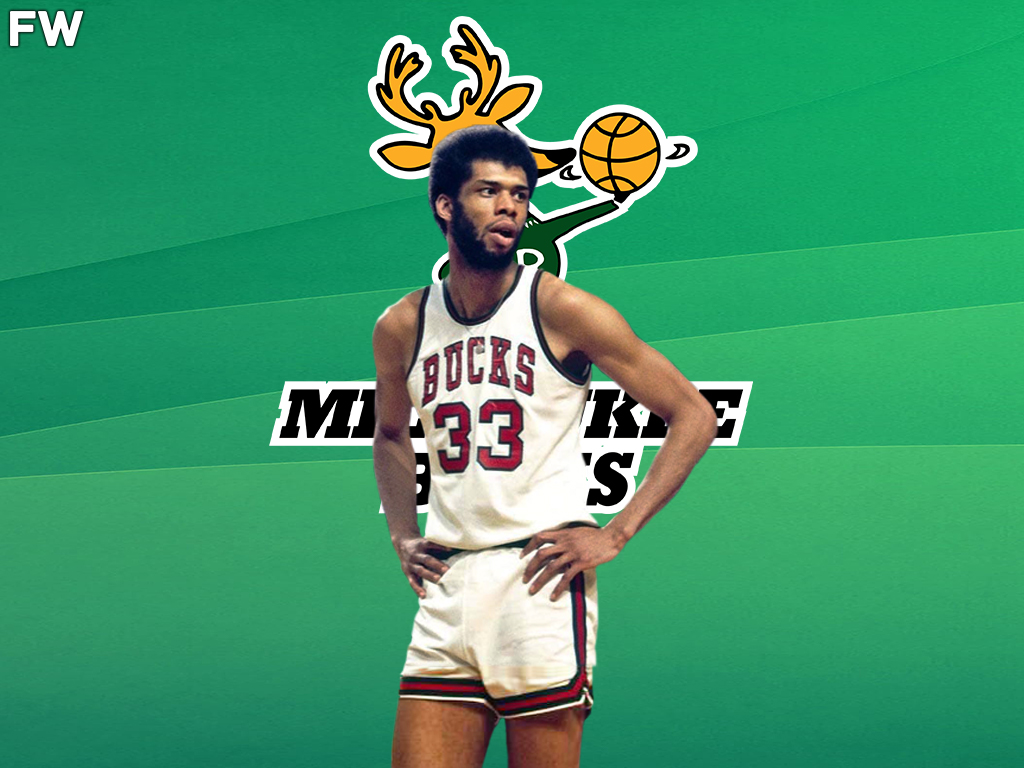
This was one of those seasons where it was boys among men and Abdul-Jabbar was truly the man. Abdul-Jabbar scored the most points, scoring 2,822 total points, which was significantly higher than John Havlicek’s 2,252 total points. In the scoring race, Tiny Archibald was the runner-up with his 28.2 points per game. This was precisely why Abdul-Jabbar was the MVP winner this season.
Abdul-Jabbar made 1,159 field goals this season to lead the league and took 2,019 shots. He led the league in two-point field goals and attempts as the three-point line did not exist. He led the league in win shares with 25.4, which was 10 total win shares more than the runner-up. He was truly the best offensive player on the floor this year.
1970-71 NBA Season
Kareem Abdul-Jabbar – 31.7 PPG
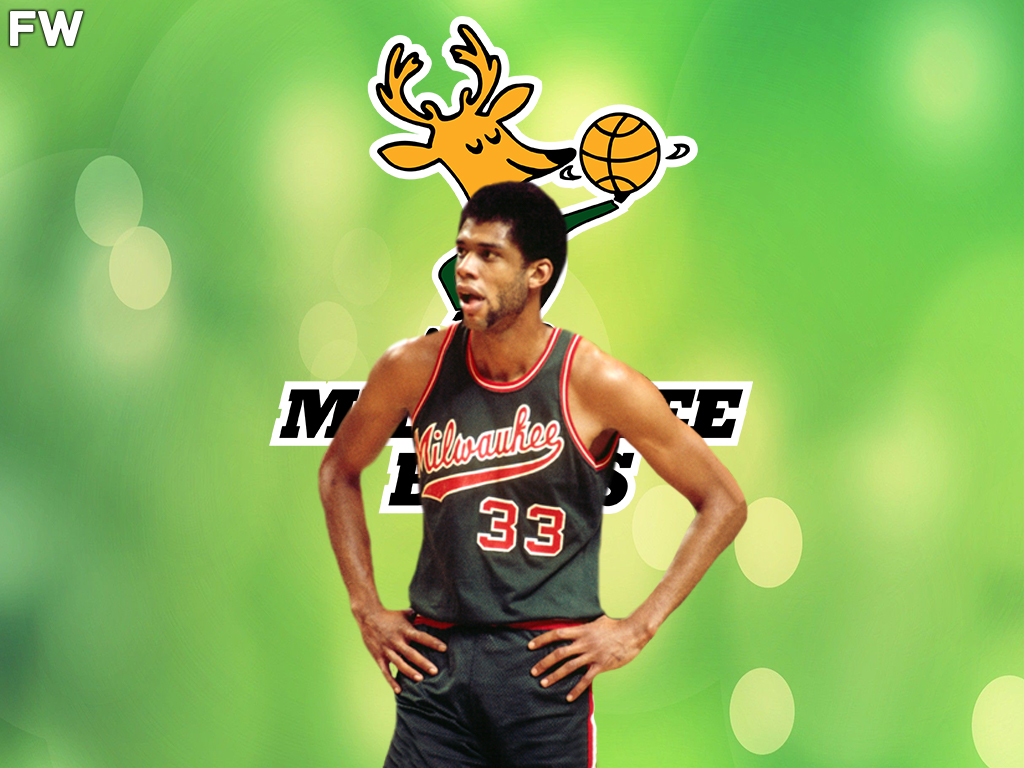
Capping off his MVP season was when he won Finals MVP and led the Milwaukee Bucks to the NBA Finals and championship. During the regular season, he gave everyone a precursor for what he was going to do in the playoffs. Abdul-Jabbar scored 200 more points than Elvin Hayes in total points and was the only 30-point per game scorer in the league. Hayes led the league in field goal attempts, but it was Abdul-Jabbar that led the league in made field goals to help him get to this mark.
Abdul-Jabbar finished third in field goal attempts this season, trailing both Hayes and Havlicek, but it was his 1,063 made field goals that led the league. He did this at a 57.7% clip, which was second to Johnny Green to lead the league. In the end, Abdul-Jabbar led the league in win shares, offensive win shares, and player efficiency rating.
1965-66 NBA Season
Wilt Chamberlain – 33.5 PPG
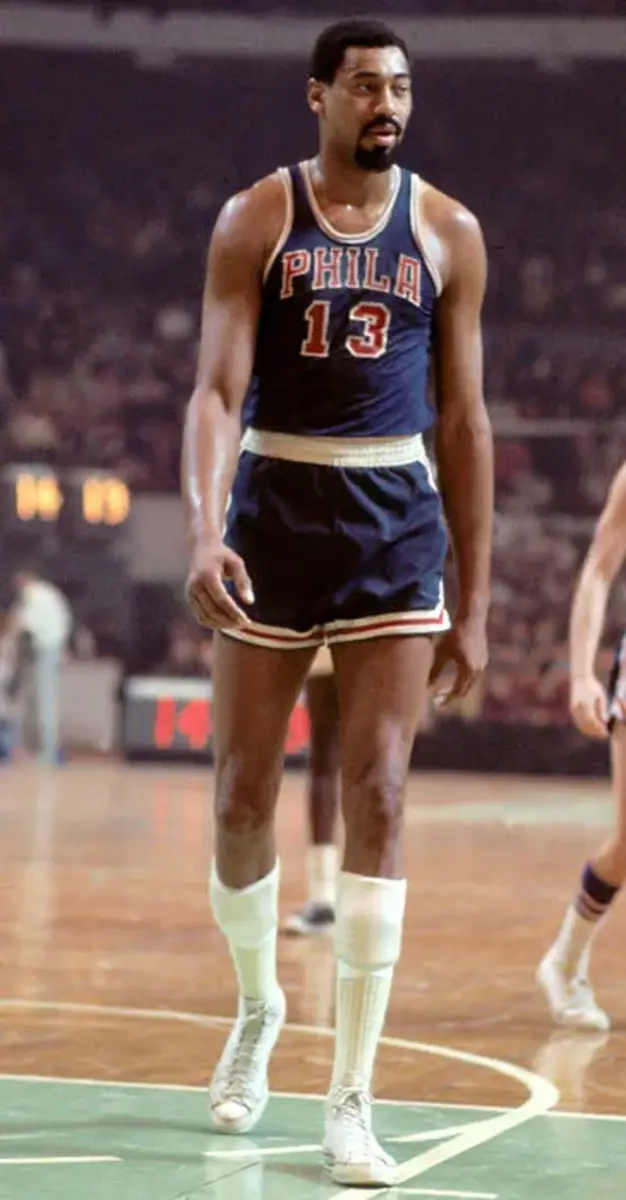
The farthest back that we go is Wilt Chamberlain in the 1965-66 season. This scoring race featured three scorers above 30 points per game. It was Chamberlain that outlasted both Jerry West (31.3 PPG) and Oscar Robertson (31.3 PPG) to land the scoring title. Chamberlain ultimately also scored nearly more than 200 points than West in total points.
Chamberlain swept so many stat categories this season. Chamberlain led the league in rebounds, field-goal percentage, two-point field goals, two-point field goal attempts, minutes, win shares, offensive win shares, and player efficiency rating. There was plenty of data to support that he was the MVP this season.
Credit for an idea: crossnposter/Instagram

